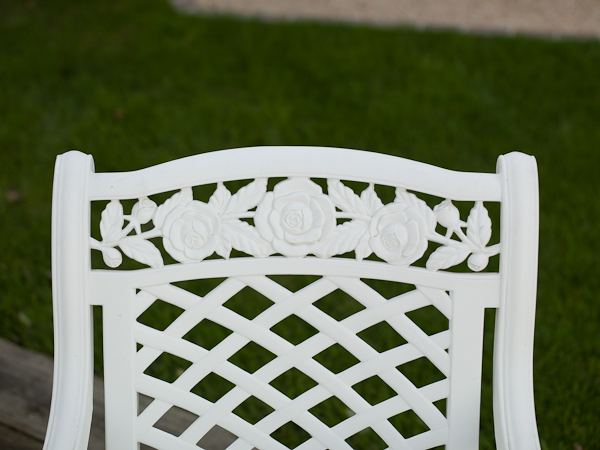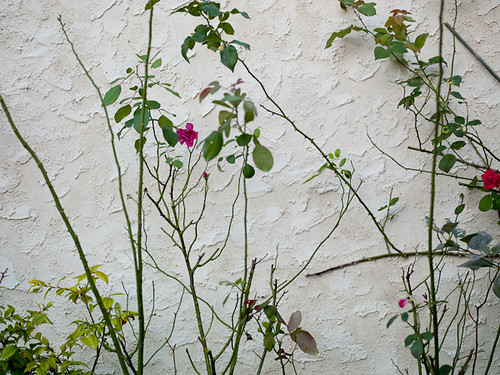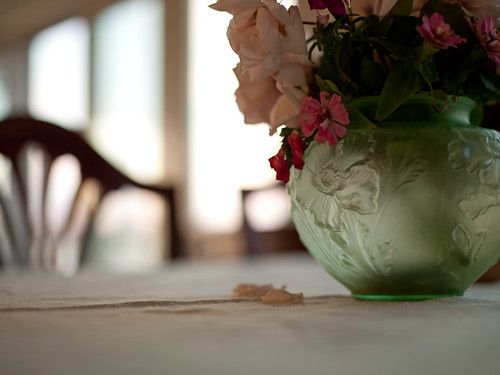Roots of the Process

Some interesting conversations evolved and continued this week. First, a student wrote to ask for clarification of a comment I made in class:
...but I was thinking about what you said last week in terms of not caring less if people like your pictures and that all that was important to you was to communicate something. Did I get that right? Can you explain that a bit more for me?
I responded that, yes, more important than whether or not someone personally “likes” any particular picture, is creating a photograph that communicates something that matters, or leaves a record, or visualizes a moment, or responds poetically to a frame of mind. I don’t know if it’s entirely possible to do this, however. But a good conversation about pictures can sometimes illuminate a path toward accomplishing that goal, as long as we don't get stuck on simplistic responses such as "I like it," or "I think it works."
Second, I was asked what I would do if given the chance to develop a brand-new college-level photography program. The question was posed in seriousness and a thoughtful response was expected (I wasn't playing one of those what-would-you-do-with-a-million-dollars games of twenty questions), because I was interviewing for a faculty position at a college here in New York.
After catching my breath, because I didn't expect such an foundational question, I realized that my answer would have to dovetail with what I'd written to my student earlier.
Basically, as you know if we've worked together (or if you've been reading this journal), for me, photography and picture-making is about responding and engaging with the world, our world, and about making that world anew in the process.
Teaching photography has to be about enabling you to participate in this activity in its entirety.
I see it as a call-and-response loop: make a picture, think about it, talk about it, make another picture. And so on. Photographic technology - cameras, lenses, computers, darkrooms - must be a secondary consideration.
That is, the goal is response-ability (getting you engaged in the process so that you can respond with photographs), so the course of action must be organized around that fundamental. Today we have picture-making devices everywhere, a true embarrassment of riches, but the photographic system only starts to function properly if the feedback-loop is taken seriously, nurtured over time, and allowed to take root.

So, in the interview, after collecting my thoughts for a split-second, I responded with something to the effect of wanting to build a photography program around the goal of in-depth engagement with process and pictures, and allowing decisions about technology and facilities to fall into place around that goal. But I'm pretty sure my words were garbled and my thoughts seemed scattered! Ha! That's the way a real conversation goes a lot of the time, which is totally cool—I just wish it hadn't happened in the middle of a job interview!
Anyway, as you know, there are many aspects to learning how to be a photographer—skills, tools, processes, etc.—but too often I find that the relationship between conversation about pictures and the actual creation of new pictures is sometimes overlooked or not even investigated. From my experience and practice of teaching photography, my take on it is that no matter which specific tools and technology you're using, you'll become a better photographer by participating more fully in the conversation.

Comments